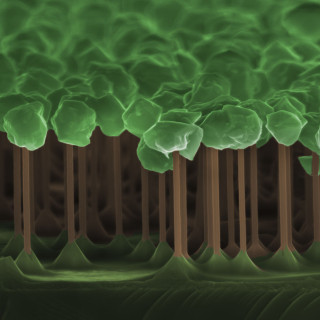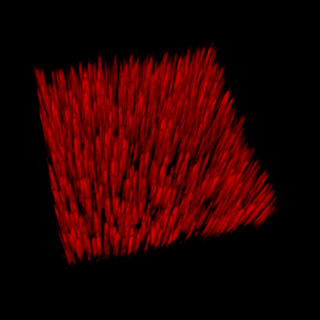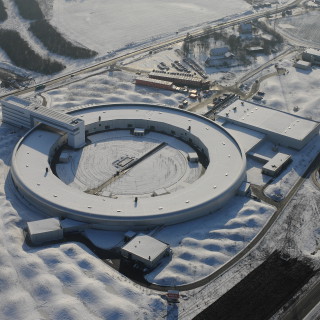Nanowires could make cars more energy-efficient
Fuel consumption in cars could be reduced thanks to nanowires and a thermoelectric effect. This is what emerges from the basic research conducted by Sofia Fahlvik Svensson, a doctoral student at the Division for Solid State Physics in Lund University’s Faculty of Engineering. This autumn, she will be publicly defending a thesis which presents promising results.
Does your car consume a lot of fuel? Research on thermoelectric effects in nanowires at the Faculty of Engineering could mean that you won’t need to fill the tank quite so often in future. Using nanowires, waste heat can be better exploited in thermoelectric devices, which means that cars with these types of components will consume less fuel. However, it must be emphasised that the step from research in the laboratory environment to implementation in cars is a long one.
Sofia Fahlvik Svensson’s doctoral thesis presents the first experimental proof that nanowires can in fact improve the efficiency of thermoelectric devices.
“During the 1990s, nanowires and other low-dimensional materials were predicted to be the solution to making existing thermoelectric materials more efficient, but before our publication, nobody had yet been able to prove that nanowires actually have more favourable properties”, says Sofia Fahlvik Svensson.
Yet these results are not based on the theory that has long predicted how nanowires might revolutionise the thermoelectric field. That theory assumes the nanowires to be very thin and to have an almost perfect structure. The improvement is based instead on the nanowires not being perfectly uniform and it also works with thicker nanowires, which are simpler to produce. This means that it should be possible to make thermoelectric devices with nanowires which are robust and simpler to use in actual applications.
“In the future, we hope to be able to better understand the reason for the increased efficiency we observe in our somewhat ‛untidy’ nanowires. If we can understand the underlying physical reasons, we will be one step closer to being capable of actually applying this in real thermoelectric devices,” she says.
Text: Anders Frick






